Known for his famous 2-kilometer-long concrete bridge, Sergio Musmeci is an intellectual engineer and a forerunner in the field of “form-finding.” Engineering, Aeronautics, music, and astronomy fed his curiosity and exceptional abilities to research scientific innovation. However, he addressed complicated problems through an empirical, almost artisanal method.
“Architecture is a field in which we must take some risks. If you want to invade a new field, you must face the unknown.” (Sergio Musmeci)
Sergio had devoted his entire life to studying vaults and minimum structures. Yet, the only project he put into practice was the Musmeci Bridge, which was a critical point in his career; he got the chance to reveal his vision. He designed the bridge to connect the industrial and urban areas most logically. To avoid pillars parallel to the river current, the deck was supported by V-shaped horizontal pillars.
A skilled structural engineer must ensure that shape is not determined by the structure but represents loads and stresses. Therefore, Musmeci designed a 30-centimeter-thick double-curved surface that emits uniform compression. He depicted the balance of internal tensions through a reinforced concrete structure.
Surreal Musmeci Bridge
In this project, he pursued his form-finding theories to the test while creating a unique structure to overcome the two obstacles of a river and a railway. He felt the desire to create multiple arcs that would gradually descend. Accordingly, he used many apertures to connect the bridge to the ground and provide an excellent panoramic view of the area.
The bridge does not appear as-fabricated work. Instead, it blends in beautifully with the plants and seems “naturally born.” Musmeci’s bridge is practically used as a playground, catering to a magnificent space for cyclists and skateboarders traveling from all over Europe and Italy to Potenza to enjoy this surreal and fantastic place.
Musmeci constructed the bridge’s organic varying form with no computer help in 1967-68. However, multiple simulations were later implemented by researchers who verified his calculations.
Sergio Musmeci
Afterward, Sergio was invited to participate in a design competition for a bridge across the Strait of Messina by the ANAS national authority. To design the world’s longest bridge, he came up with the idea of developing 500-meter shelf support on one side and 500-meter shelf support on the other side and then building a 2000-meter bridge suspended over these two shelves. He was the winner of the first prize.
Bruno Zevi, the architectural historian, reminded the extraordinary mathematical skills of Musmeci in his 1975 interview. While he recaptured the Musmeci bridge as a highly sophisticated object that does not exist anywhere else in the world, he mentioned the bridge over the Strait of Messina as the most beautiful bold bridge designed with a completely new structural system. These two extraordinary bridges, one built-in Potenza and one designed for Messina, confirm the role Musmeci played in not so much technical but architectural culture in Italy.
Yet, Sergio Musmeci is still modern. His innovation and ingenuity are still crucial in the field of architecture. Thus, many researchers are investigating his approach in academic fields or trying to simulate the Musmeci bridge using recent software plugins like Grasshopper 3D.
Learn with PAACADEMY: Attend workshops at PAACADEMY to learn from the industry’s best experts how to use advanced parametric design tools, AI in design workflows, and computational design in architecture!




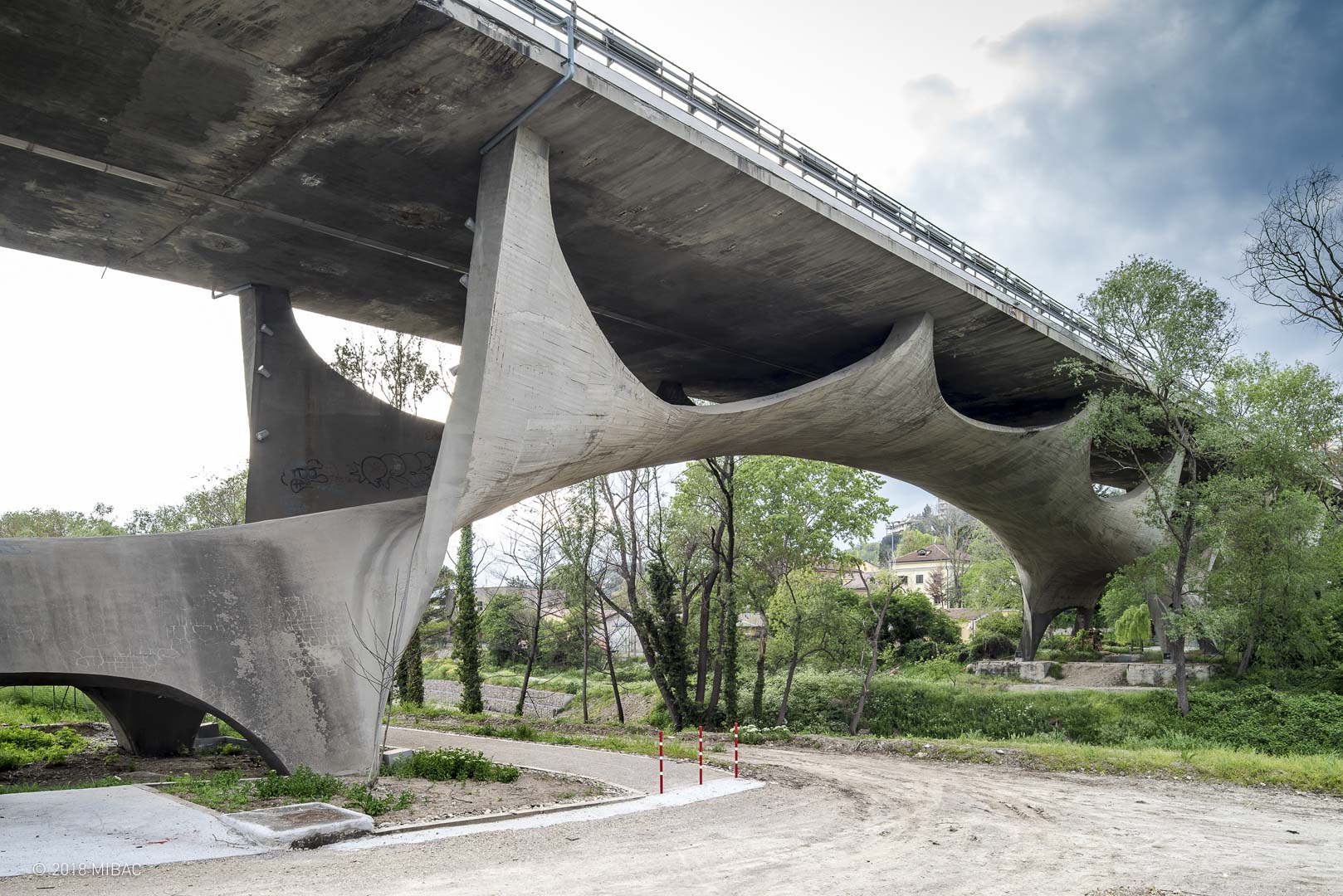
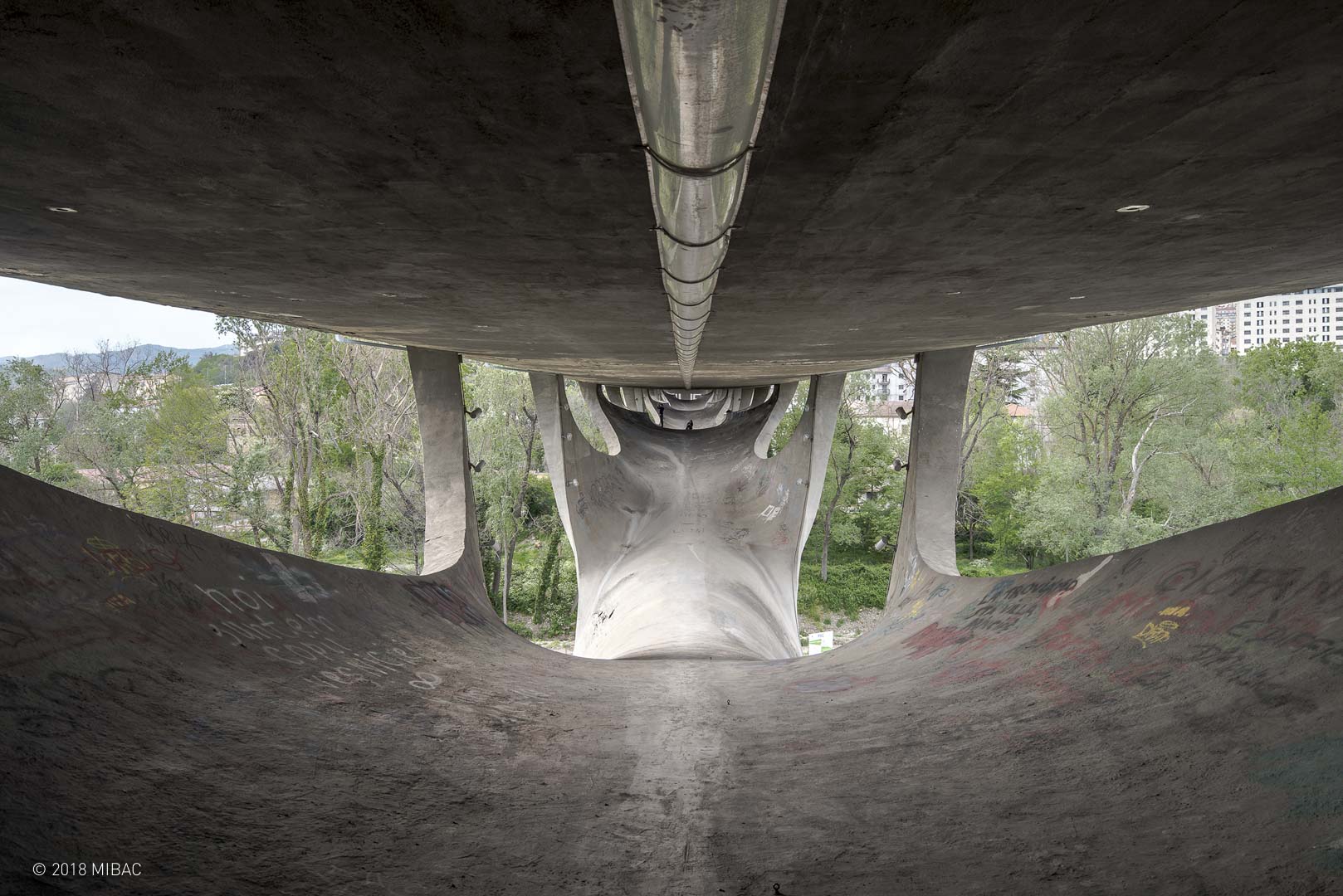
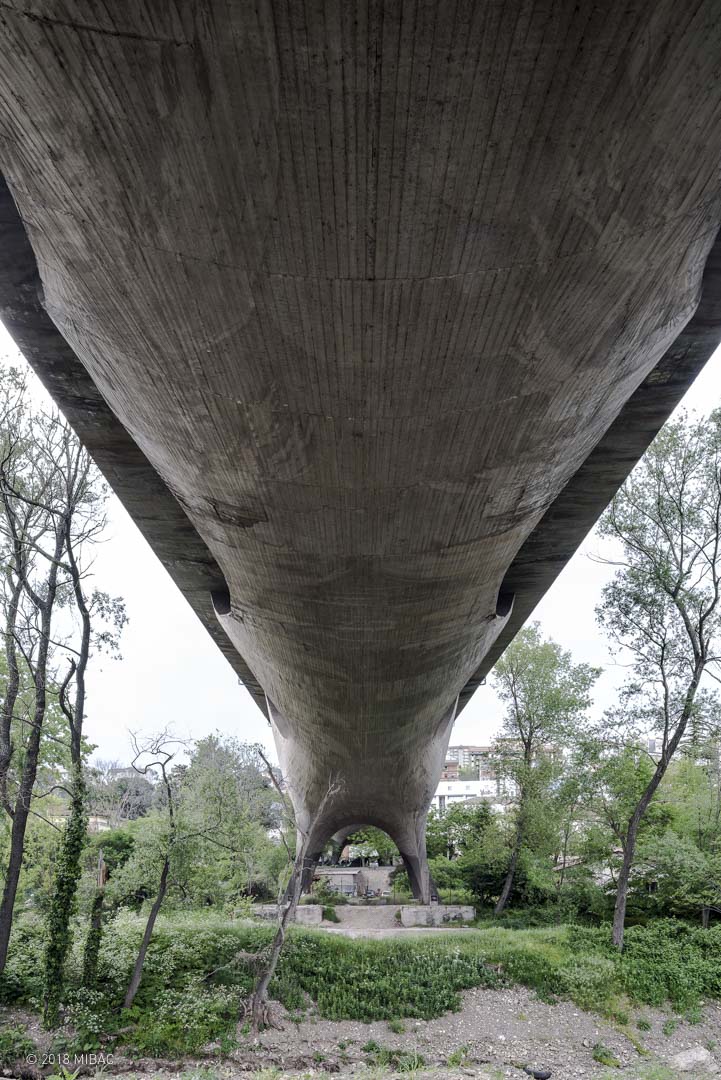
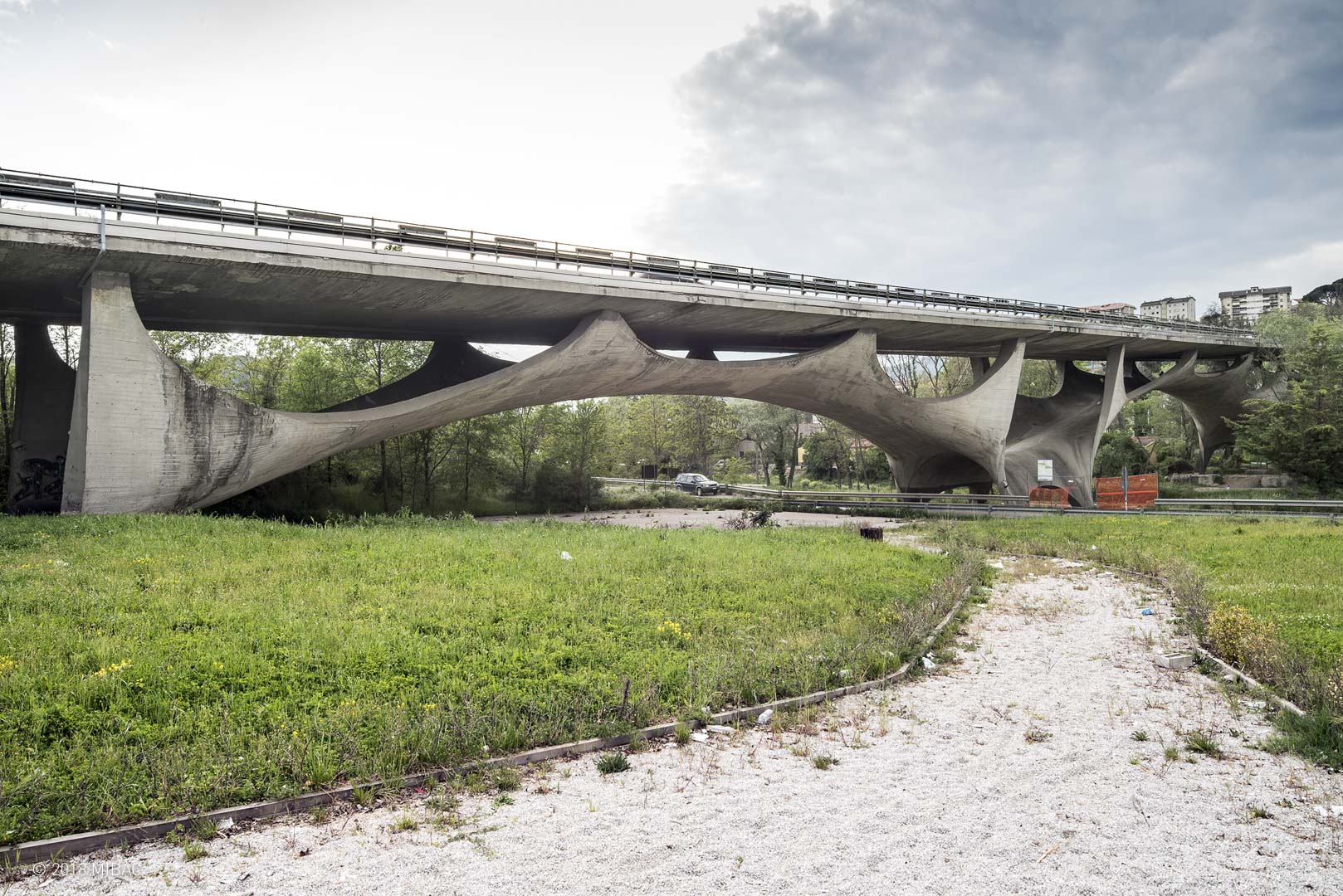
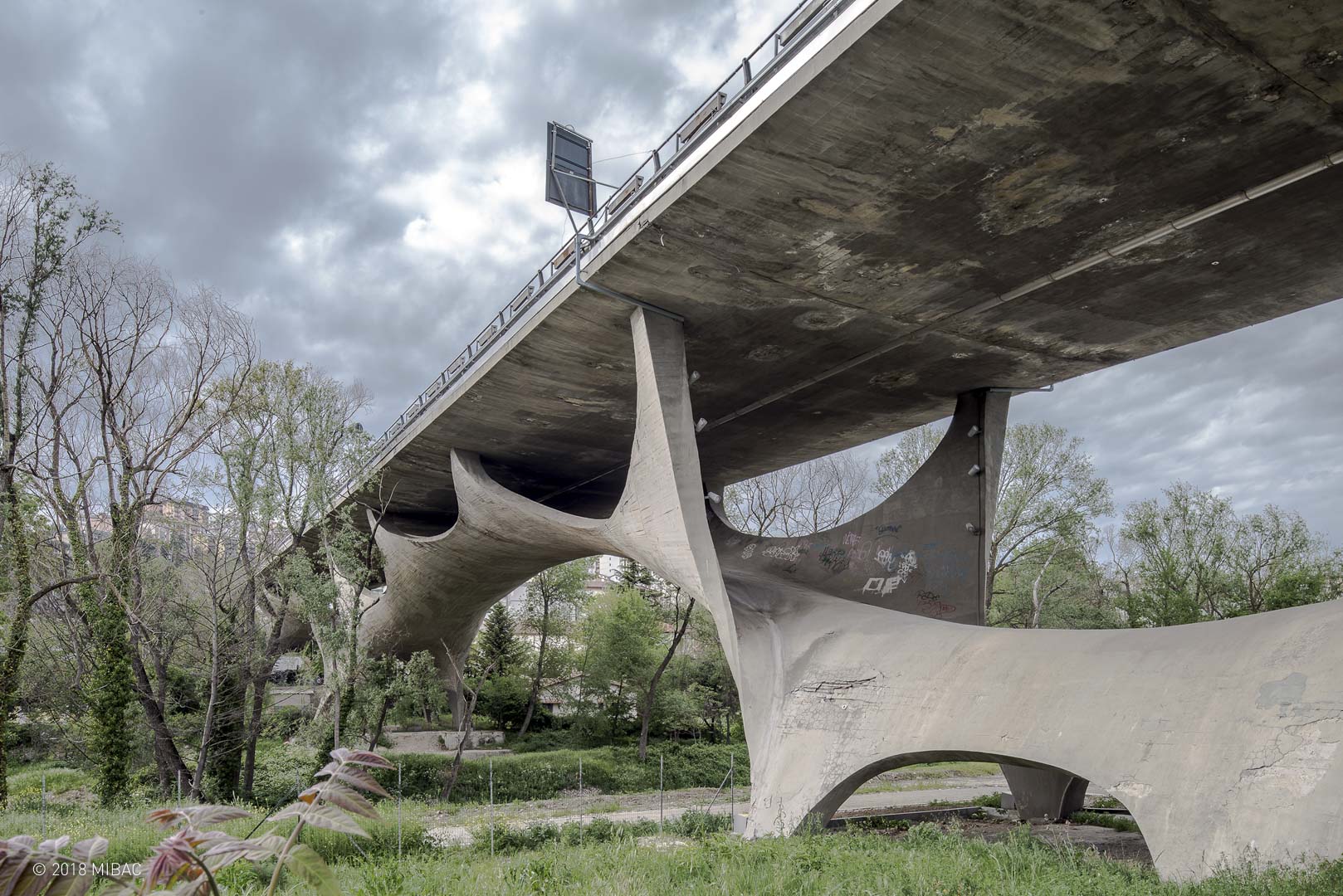
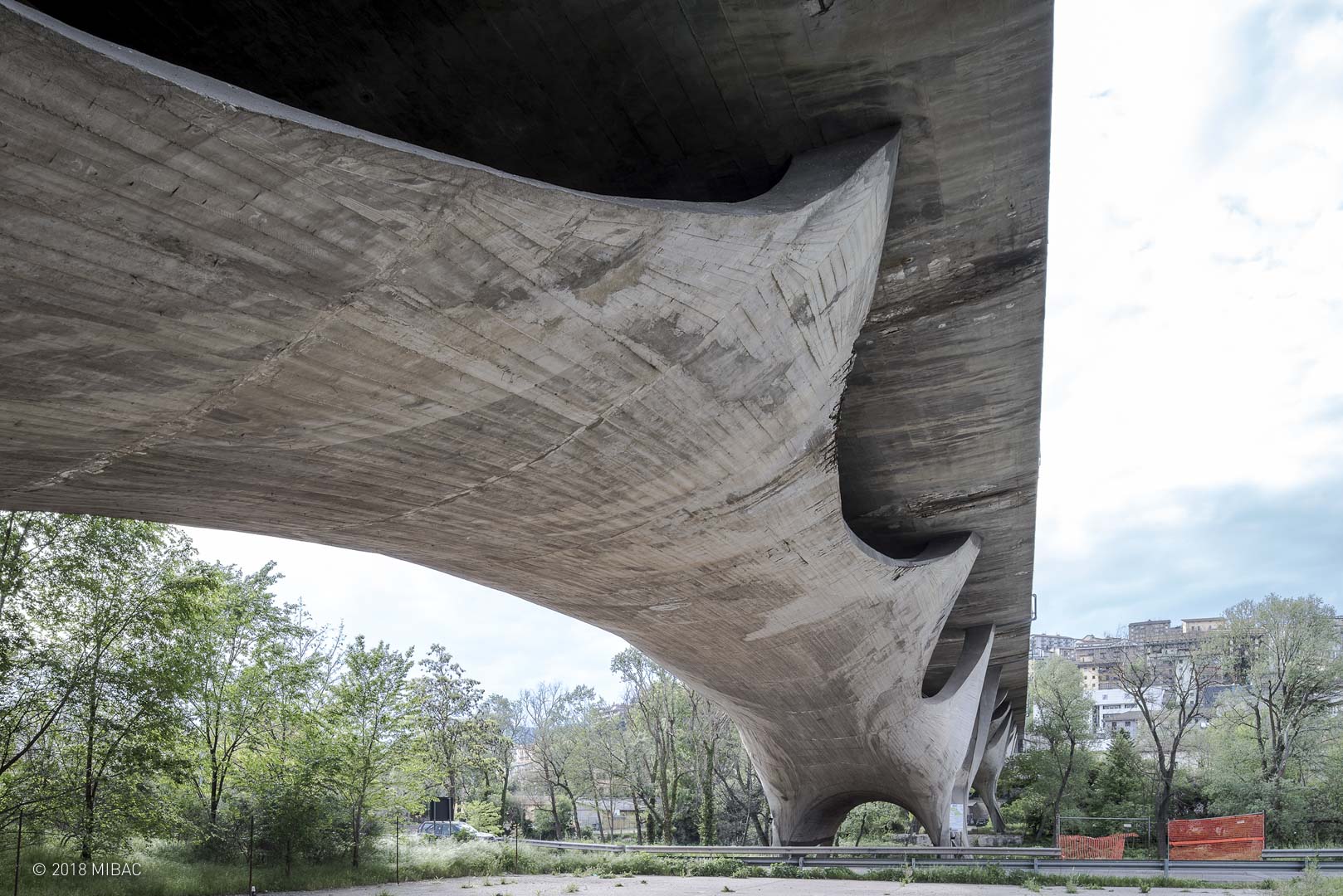


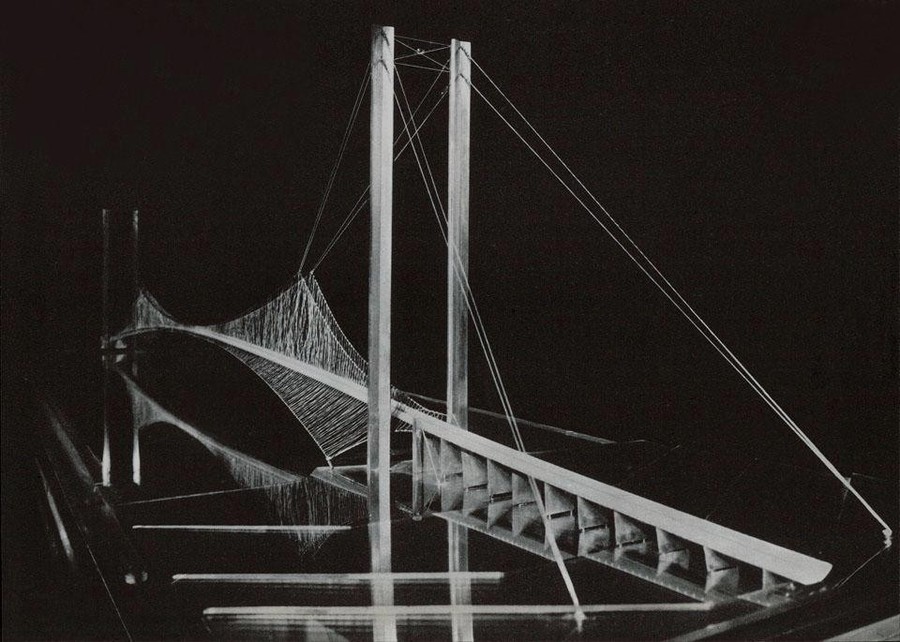
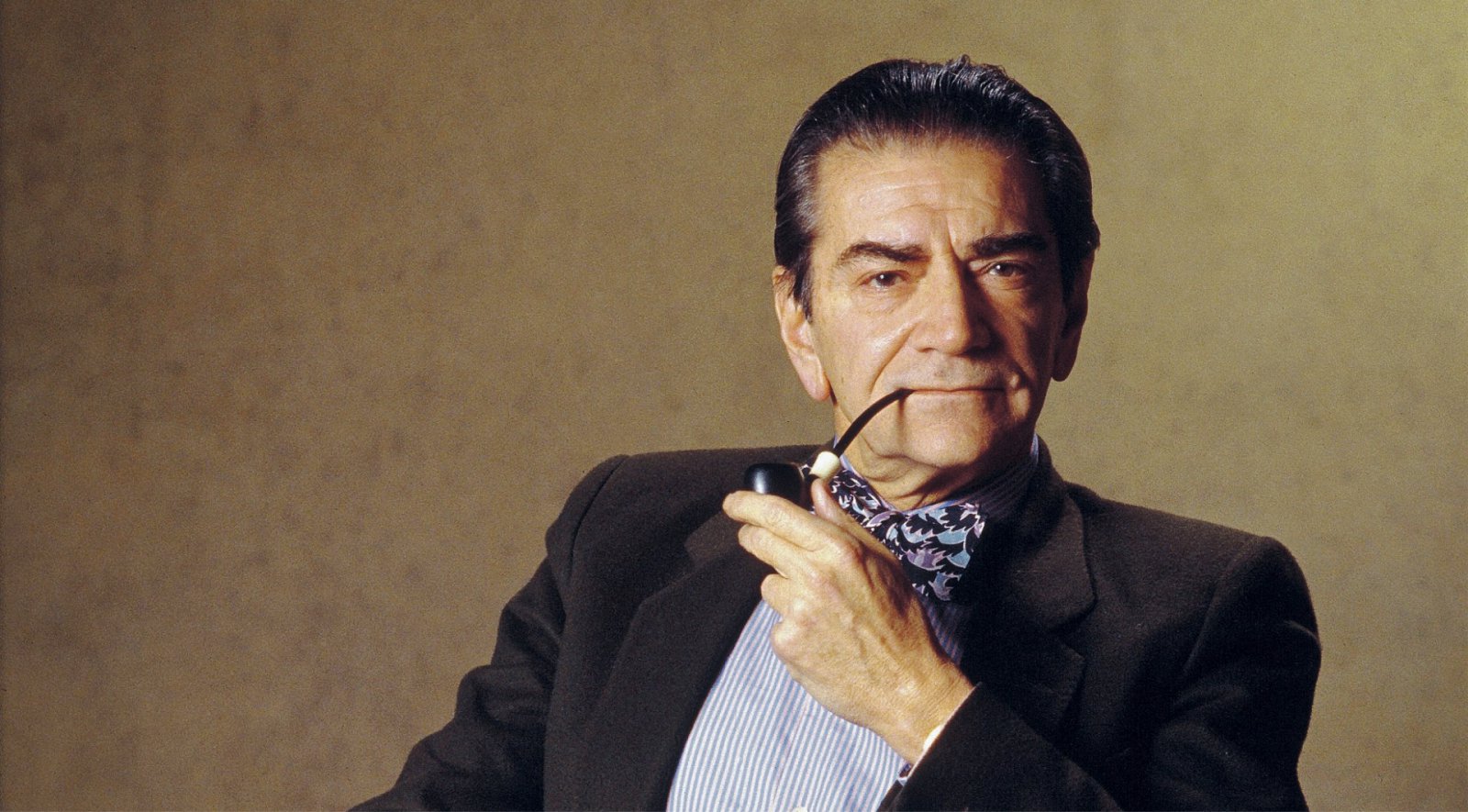
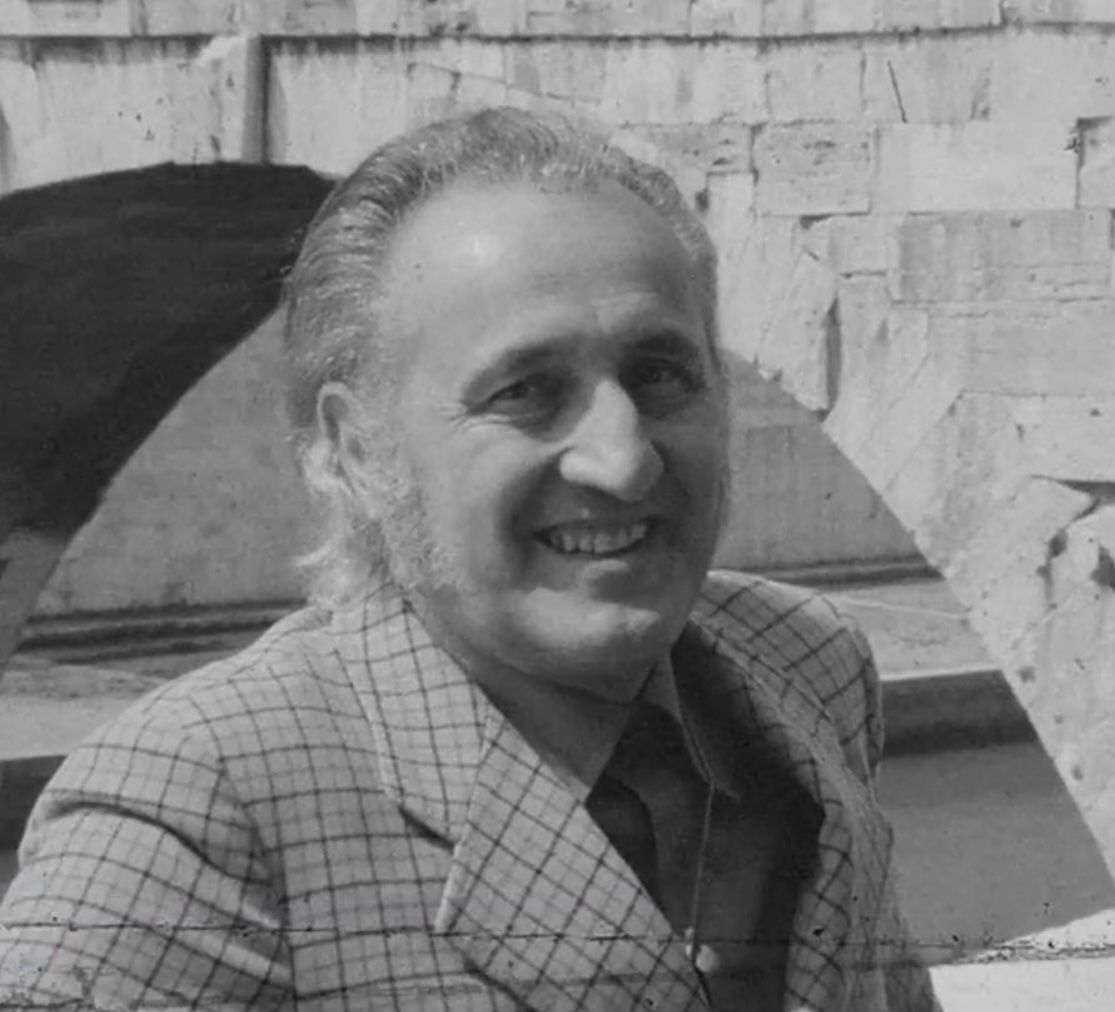

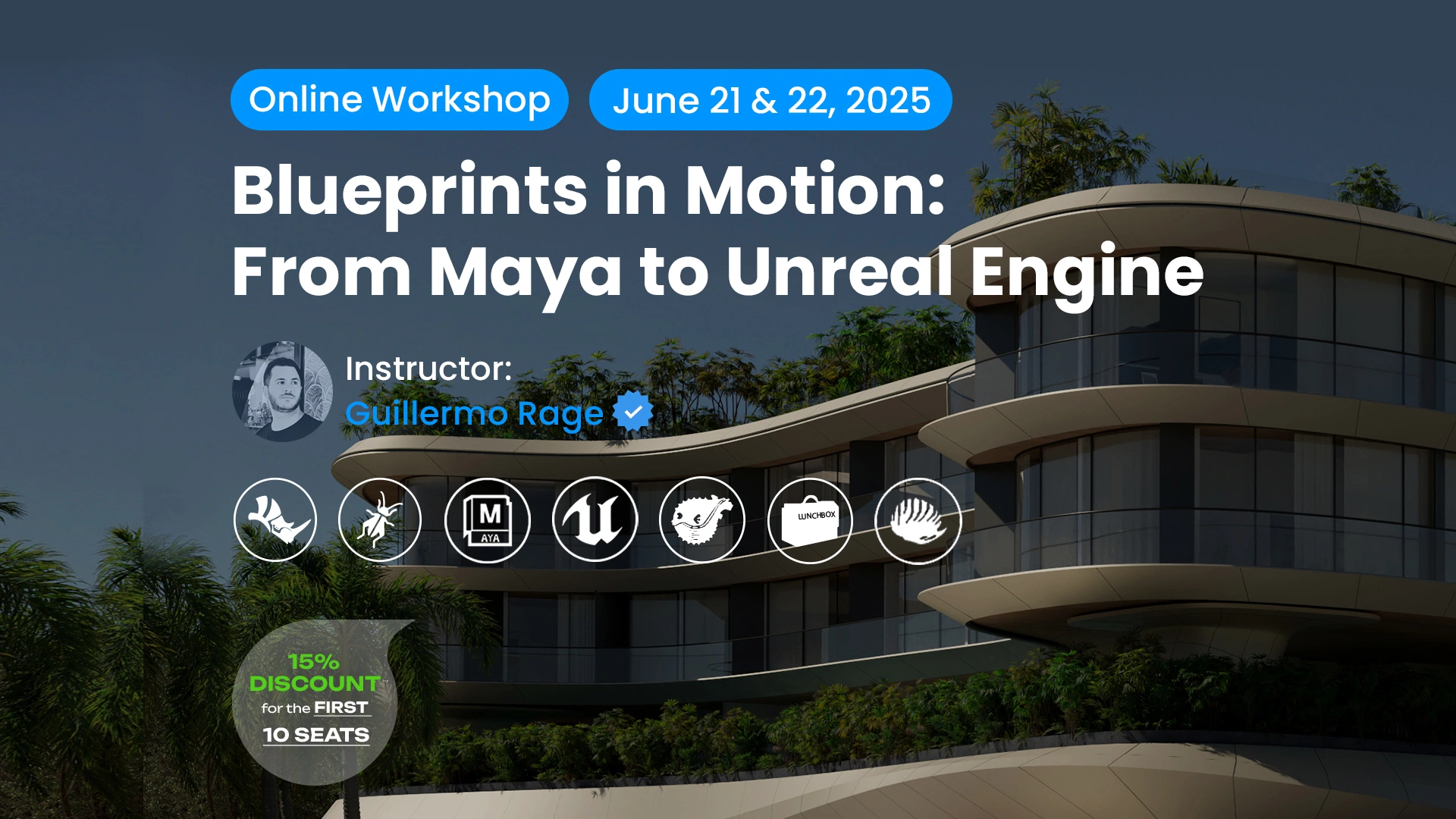












Leave a comment